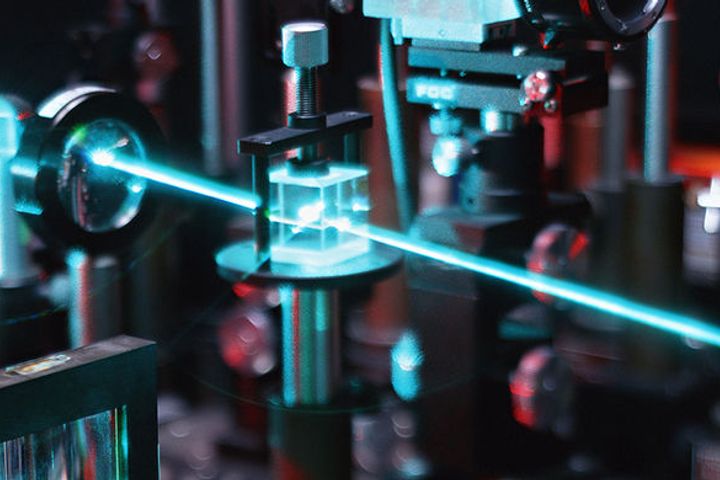 China Makes Breakthrough In SULF Development
China Makes Breakthrough In SULF Development(Yicai Global) Oct. 27 -- The development of China's Superintense-Ultrafast Laser Facility (SULF) has benefited from a significant breakthrough, people.cn reported.
SULF successfully amplified and output 10-petawatt lasers, taking the lead in international research of its kind as this is the highest light intensity and source that humans can develop at present.
It marks a milestone in China's SULF research since it achieved 5-petawatt lasers in August last year. SULF is expected to be completed by the end of next year and become available to users.
Located in Zhangjiang Hi-Tech Park in Shanghai's Pudong New Area, the laser machine facility was developed in an ultra-intense laser laboratory jointly established by Shanghai Institute of Optics and Fine Mechanics (SIOM) of the Chinese Academy of Sciences (CAS) and Shanghai Tech University. In the laboratory, the super-intense and ultra-fast lasers can create an extreme physical condition which features an unprecedentedly ultra-strong electromagnetic field, high energy density and ultra-fast time scale.
The achievement can be used to develop electron accelerators and ultra-fast X-Ray sources which can detect the image of an atomic motion in protein to reveal the mystery of life. It can fashion a miniscule laser Proton Knife to treat cancer and produce an attosecond pulse to detect electronic motion in atoms to advance the development of material science, as well as information and technology. It generates anti-matter and detects dark matter for research in astrophysics and cosmogenic origin.
Several countries are reportedly investing heavily to develop large 10- petawatt (1 petawatt = 1 thousand trillion watts) SULF, resulting in fierce competition in scientific research. For example, the EU-funded Extreme Light Facility (ELI) is developing several sets of 10-petawatt user devices. France and the UK are also developing their own 10-petawatt laser devices, while the US Russia and Japan have proposed the research concept of developing hundred-petawatt SULF.